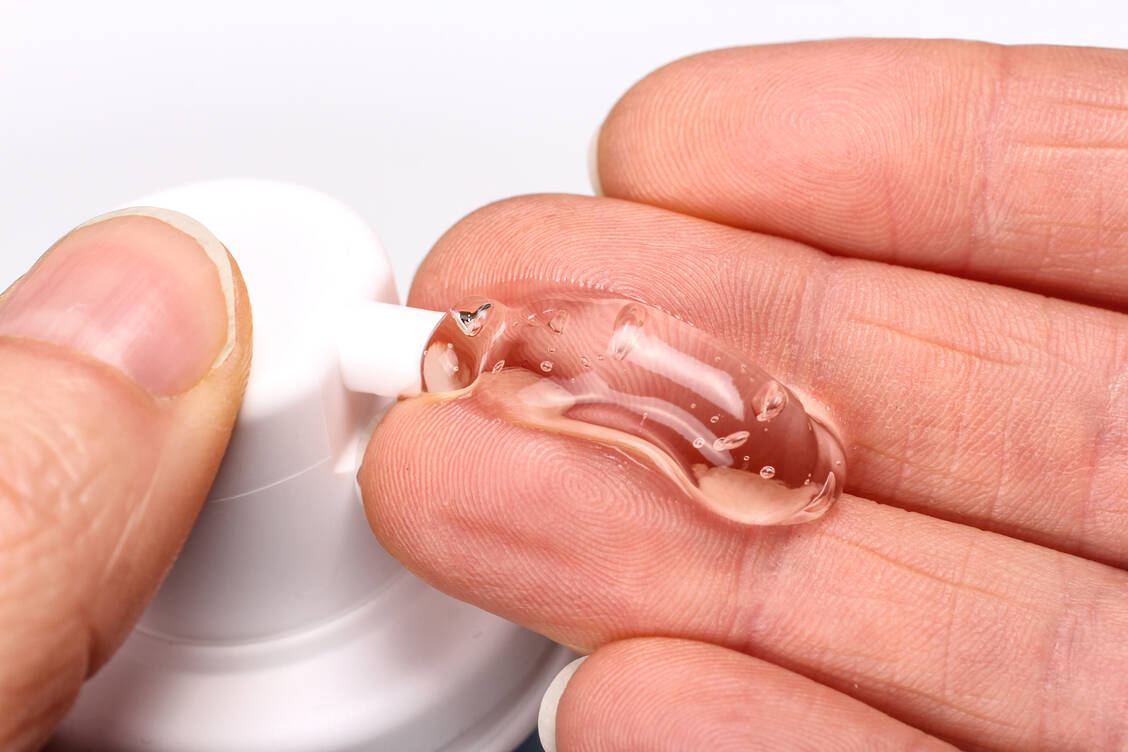
Weitere Angebote der PZ

© 2025 Avoxa - Mediengruppe Deutscher Apotheker GmbH
Much too early |
 | Marta Campbell |
 |
11.04.2025 12:00 Uhr |

Hormone replacement is mandatory up to around the age of 50. / © Adobe Stock/Marina Lohrbach
The age-related hormonal changes in women normally begin between the ages of 45 and 55. This menopause causes severe symptoms for some women, but not for others. The treatment of choice for menopausal symptoms is hormone replacement therapy (HRT). However, the menopause can also occur in much younger women. This has a significant impact on family planning, psychological and physical well-being. Women should think about POI and have their suspicions checked by a doctor if they are under 40 and their periods are absent or infrequent for more than four months. Symptoms typical of the menopause can occur, but do not necessarily have to. These include hot flushes, poor sleep, difficulty concentrating, less desire for sex and dry vaginal mucous membranes.
Doctors diagnose POI when, in addition to the absence or infrequency of periods, elevated levels of the follicle-stimulating hormone FSH are measured. According to the ESHRE guideline, two measurements should be carried out at least four weeks apart. If the FSH values are above 25 IU/ml in both measurements, this is considered evidence of POI. Ultrasound examinations alone and a so-called laparoscopy to assess the ovaries are not suitable for diagnosing POI. Because the disease can also have a genetic cause, a chromosome analysis should also be part of the diagnosis.
For women affected by POI, the diagnosis often comes as a shock, as it means that the chances of pregnancy are significantly reduced and can even be close to zero. In many cases, however, the young age at the onset of the disease means that family planning has not even begun or has not yet been completed. This is why those affected want to know why they have this disease.
POI has various causes. In the majority of those affected - between 50 and 90 percent - doctors cannot find a cause. They therefore refer to these cases as »idiopathic«. This means that the disease occurs without anyone knowing why. In around ten percent of those affected, it is genetic defects that cause POI. The X chromosomes are primarily affected, i.e. the sex chromosome, which is present with two Xs in women and one X in men, combined with the Y chromosome. In addition, autoimmune processes, particularly Addison's disease and autoimmune thyroid diseases, can lead to early egg loss. Last but not least, childhood cancer therapies in the pelvic region often lead to POI. Surgery on the ovaries can also lead to the disease.
In cases where treatment is planned that may result in POI, it is both possible and important to inform the woman that it is possible to save eggs before treatment using various methods, so that eggs are still available for fertilization at a later date.
Because the early lack of oestrogen particularly endangers bone stability and the health of the cardiovascular system, hormone replacement is mandatory up to around the age of 50. At this point, oestrogen levels also naturally fall. Patients discuss the type and method of hormone therapy with their doctor. An additional hormone preparation administered locally can be effective against vaginal dryness. Transdermal testosterone applications are not suitable for treating low or absent sexual desire, which is perceived as disturbing, and there is disagreement among doctors about their benefits and risks.
Women with POI often find themselves in a very challenging psychological situation. Doctors should take this into account and be able to name appropriate offers of help. If the difficult topic of involuntary childlessness (due to POI or for other reasons) is raised in the pharmacy, it would make sense for PTAs to be able to name professional, psychologically trained contact persons in the local area.
While premature ovarian failure can have the causes mentioned at the beginning of this article, there are other conditions that can cause women to go through the menopause at least earlier than average. These include type 1 diabetes, if it started in childhood, and type 2 diabetes, if it started in young adulthood. Another risk is Red S syndrome. In this syndrome, young women in particular do a lot of sport without eating enough to meet their high energy consumption. Their body then simply no longer has enough energy to “handle” the normal menstrual cycle. Women with Red-S often don't even notice why they don't have a period. PTAs can carefully point out this possibility if they suspect it.
| Deutsch/German | Englisch/English |
|---|---|
| Autoimmunkrankheit | autoimmune disease |
| Blutzuckereinstellung | blood glucose control |
| Chromosom | chromosome |
| Eierstöcke | ovaries |
| Familienplanung | family planning |
| Genetik | genetics |
| Hilfsangebote | offers of help |
| Hitzewallungen | hot flushes |
| Hormonersatztherapie | Hormone Replacement Therapy (HRT) |
| Idiopathisch | idiopathic |
| Konzentrationsstörungen | concentration disorders |
| Menopause | menopause |
| Menstruation | menstruation, period |
| Monatszyklus | monthly cycle |
| Periode | period |
| Prämature Ovarialinsuffizienz | premature ovarian failure |
| Scheidentrockenheit | vaginal dryness |
| Schlaflosigkeit | insomnia |
| Sexualität | sexuality |
| Wechseljahre | menopause |
>> hier den Text auf Deutsch lesen: Wechseljahre – Menopause viel zu früh